The Worst NASA Accidents: Catastrophic Failures That Led to the Greatest Successes
27th Jul 2023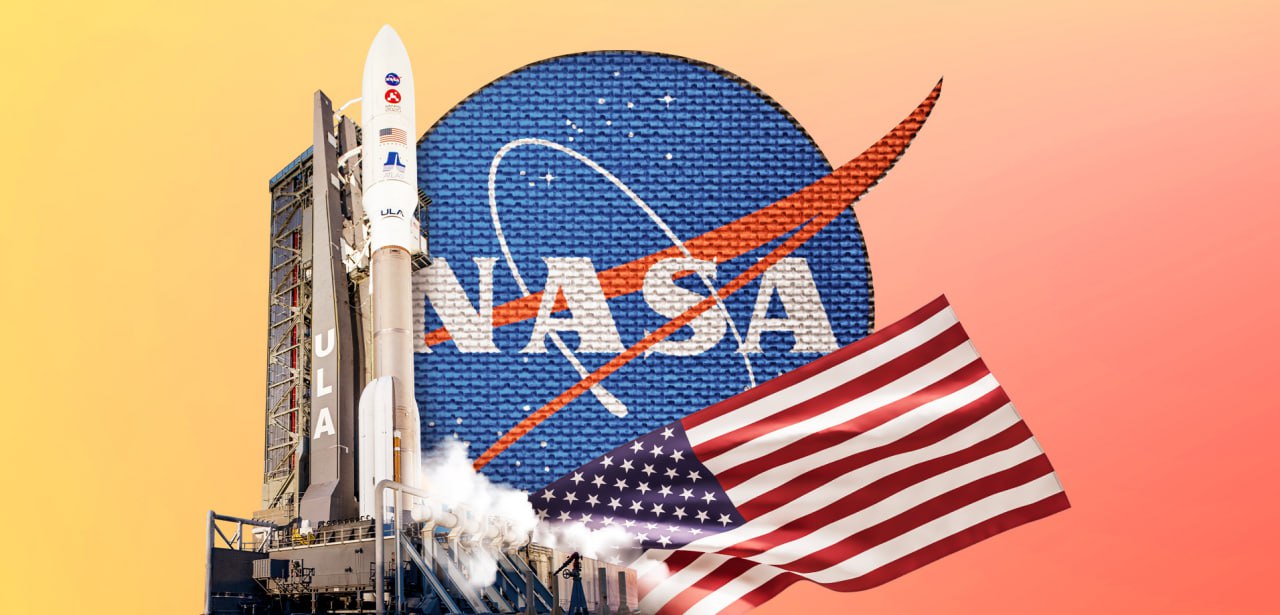
NASA is an incredible global leader in space exploration. Its pioneering work underpinned achievements now in the annals of space science. Established as a governmental organisation, NASA is famous for the most notable breakthroughs:
- the first-ever Moon landing;
- launch of the most powerful telescopes and Mars rovers have revolutionised our understanding of the Red Planet;
- the development and operation of the ISS;
- the world’s first re-usable spacecraft;
- Sending the first devices to leave the Solar System, etc.
However, the road to these great triumphs has not always been smooth sailing. NASA has experienced heartbreaking failures, including deadly NASA accidents, along the way.
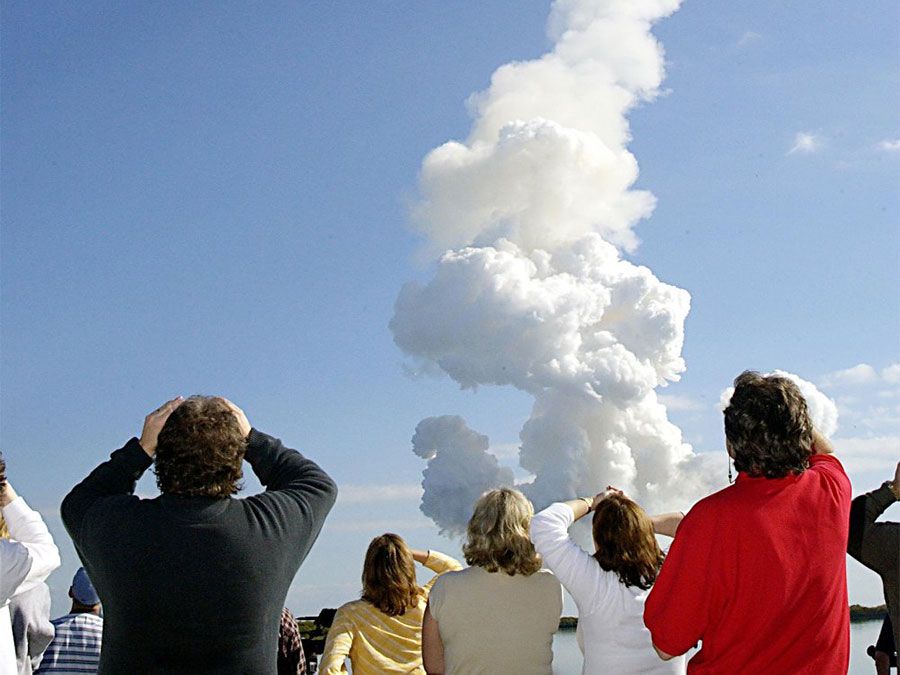
From astronomic tech malfunctions causing embarrassing setbacks to tragic accidents resulting in loss of life, NASA has faced unparalleled challenges that could easily have severely set back their progress for good.
Nonetheless, even from adversity, they managed to rise above and prevail – coming out triumphantly with safer capabilities than before. In this dedication to the 65-year anniversary of the greatest space agency, we’ll dive deep into what are arguably some of NASA’s greatest disasters and failures that spurred later successes – how they persevered through tragedy in order to achieve brilliance.
Apollo 1 Fire
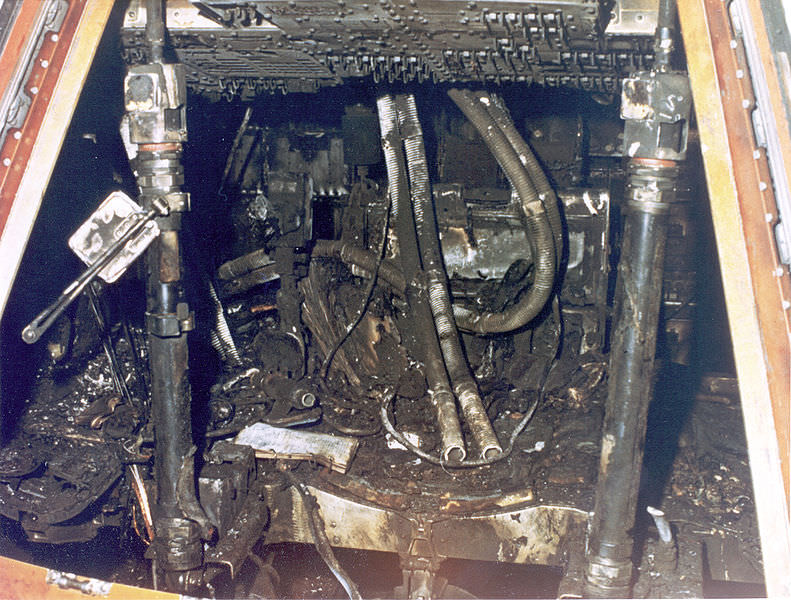
27th January 1967 remains one of the darkest moments in NASA’s history. On this day, during a preflight test for what was to be the first crewed Apollo mission, a flash fire broke out inside the command module. Tragically, the fire claimed the lives of three U.S. astronauts: Gus Grissom, Edward White, and Roger Chaffee.
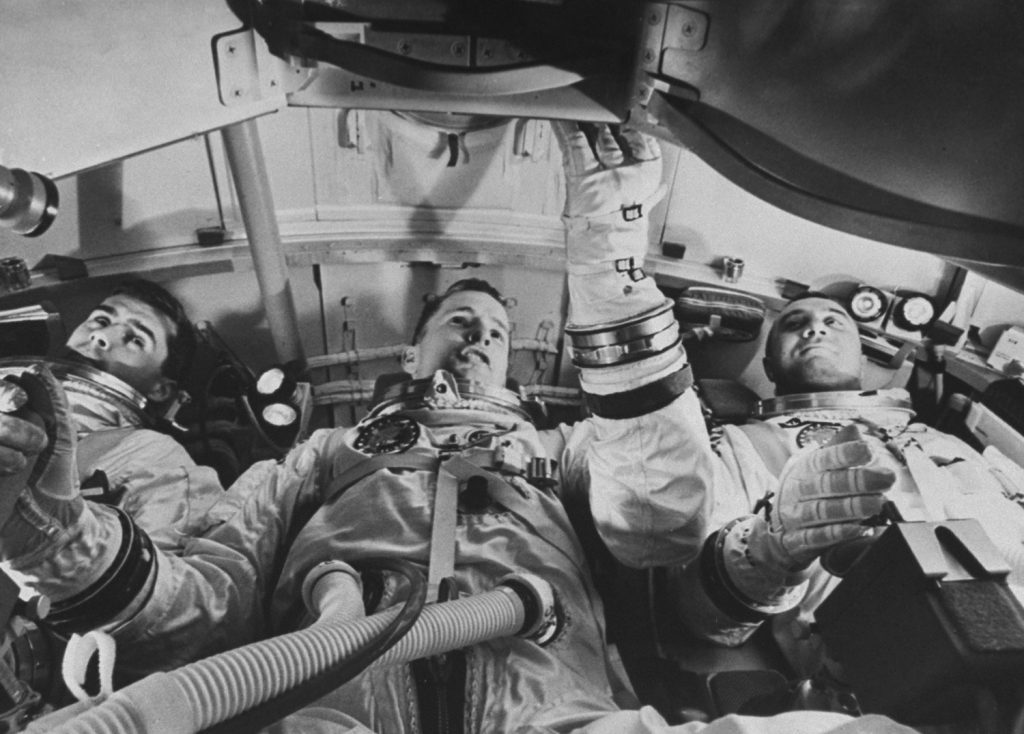
The fire was likely sparked by an electrical short under Grissom’s left footrest, near some unprotected or chafed wires. The capsule was filled with pure oxygen, creating a highly combustible environment. The astronauts were unable to escape due to the inward-opening design of the hatch.
What was the first NASA accident? This catastrophic event marked the first fatal accident in the history of U.S. crewed spaceflight and led to significant design and engineering modifications in subsequent Apollo missions, including a switch to a less oxygen-rich atmosphere during ground tests and a redesign of the hatch to allow it to open outward and much more quickly.
Apollo 11 protests and conspiracies
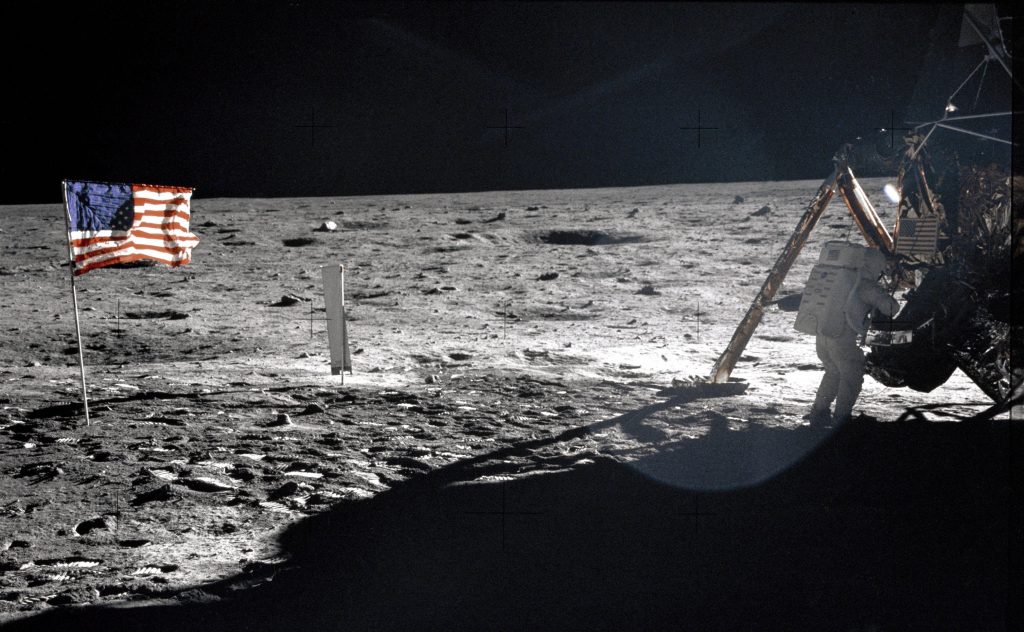
The Apollo 11 Moon landing, undoubtedly one of the most significant achievements in human history, was not without its controversies. Chief among them was the criticism of the mission’s high cost and perceived lack of immediate scientific benefits. Some Americans questioned the vast expenditure of resources on a space program that seemingly yielded no direct scientific emissions or tangible benefits for their everyday lives. This sentiment led to strikes and protests by citizens who felt that the money invested in the Apollo program could have been better allocated to address pressing issues on Earth. But that’s just part of the democratic process; it’s not a tragedy by any means.
What’s worse is that this mission inadvertently gave rise to one of the most widespread conspiracy theories in history: the notion that the Moon landing was a hoax. Despite overwhelming evidence supporting the authenticity of the Moon landing, a small but vocal group of skeptics insisted that the entire event was staged by NASA and the U.S. government to deceive the world. This conspiracy theory gained traction over the years, fueled by misconceptions and selective interpretations of photographic and video evidence.
These conspiracy theories have been extensively debunked by scientists and experts. The evidence supporting the moon landing includes thousands of photos, rock samples brought back from the moon, ongoing tracking of the abandoned lunar landers, and testimony from thousands of people who worked on the project. But apparently, the moon landings fueled naysayers’ nightmares as well as the dreams of generations of future scientists.
Space Shuttle Challenger Disaster
It stands as one of the most heart-wrenching chapters in the history of space exploration and one of the most tragic NASA accidents. In January 1986, the Challenger shuttle carried a crew of seven astronauts, including Christa McAuliffe, a dedicated teacher selected to participate in NASA’s Teacher in Space Project. The nation had eagerly anticipated her historical journey, as she was set to teach lessons from space and ignite a passion for science among students worldwide.
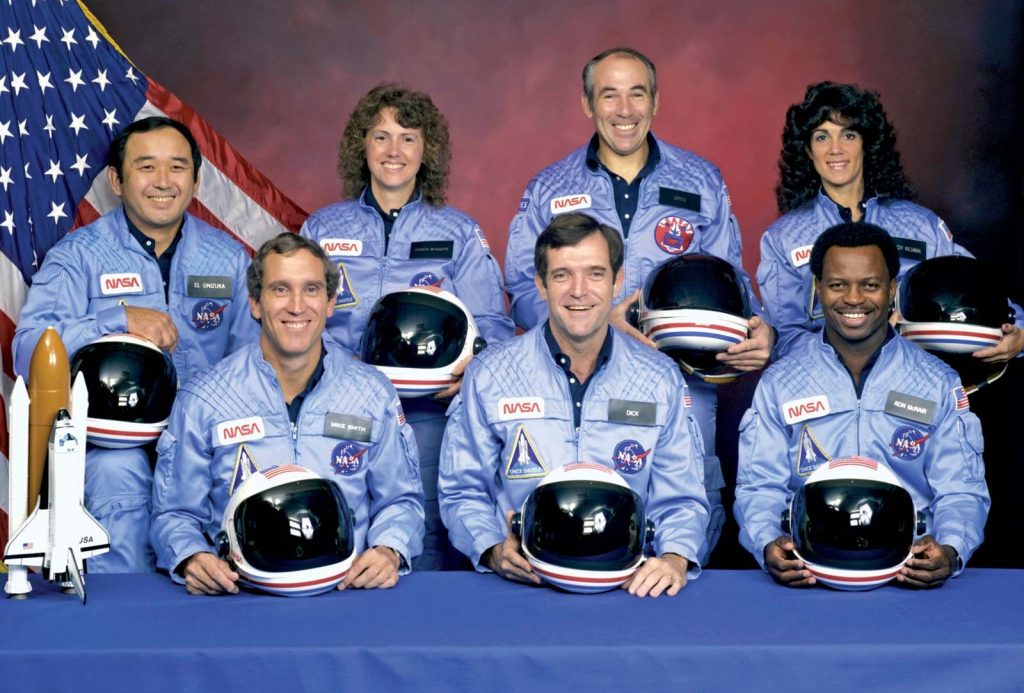
However, just 73 seconds after liftoff, tragedy struck as the Challenger disintegrated in a horrific explosion. Investigations revealed that the disaster was caused by the failure of an O-ring seal in one of the solid rocket boosters, exacerbated by cold temperatures on the launch day. Unfortunately, all the astronauts died.
The launch of the Challenger was a highly anticipated event witnessed by thousands in person and on television. However, the tragic outcome sent shockwaves through the United States and the global community. If you asked, “What was NASA’s worst accident?” the majority of experts would mention Space Shuttle Challenger.
The loss of seven astronauts, even before they could enter space, resulted in profound discussions and inquiries regarding the viability and safety of the Space Shuttle program. Serious doubts were raised about its continued operation.
As a result, NASA implemented extensive safety improvements and revised protocols to mitigate risks and ensure the safety of future missions. The Challenger disaster remains a poignant reminder of the difficulties and sacrifices inherent in space exploration, underscoring the importance of continuous efforts to enhance safety and advance our understanding of the cosmos.
Mars Climate Orbiter
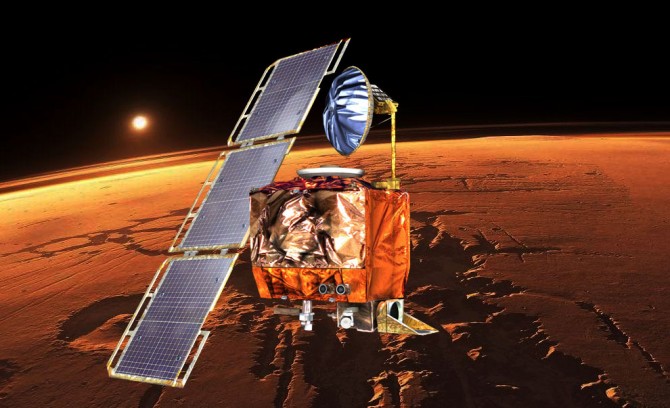
The Mars Climate Orbiter was a 338-kilogram robotic spacecraft, launched by NASA in 1998 to study the Martian climate, atmosphere, and surface changes. Seven months after the launch, communication with the spacecraft was lost as it went into orbital insertion.
NASA’s failure with the Mars Climate Orbiter mission was the result of a navigation error that stemmed from the use of two different systems of measurement. The spacecraft’s navigation team at the Jet Propulsion Laboratory used the metric system of millimetres and metres in its calculations, while Lockheed Martin Astronautics in Denver, which designed and built the spacecraft, provided crucial acceleration data in the English system of inches, feet, and pounds.
As a result of this simple misunderstanding, the spacecraft was lost upon arrival at Mars. It came too close to the planet’s atmosphere, causing it to burn up and disintegrate. This marked a significant setback for NASA’s Mars exploration program.
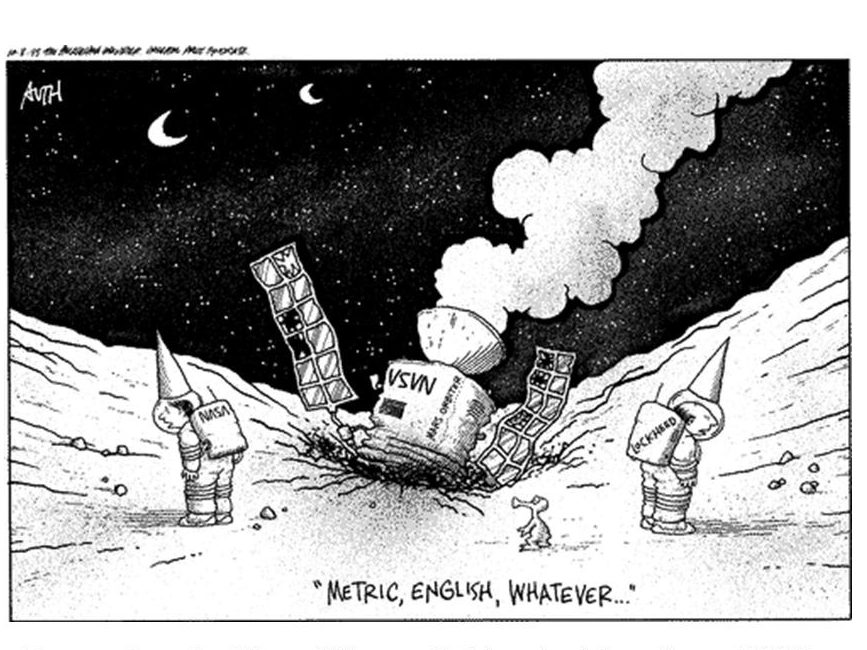
In response to this failure, NASA instituted more rigorous checks and balances to prevent such errors from occurring in the future. The loss of the Mars Climate Orbiter has since served as a cautionary tale about the importance of clear communication and standardisation in space missions.
NASA’s Hubble Fail
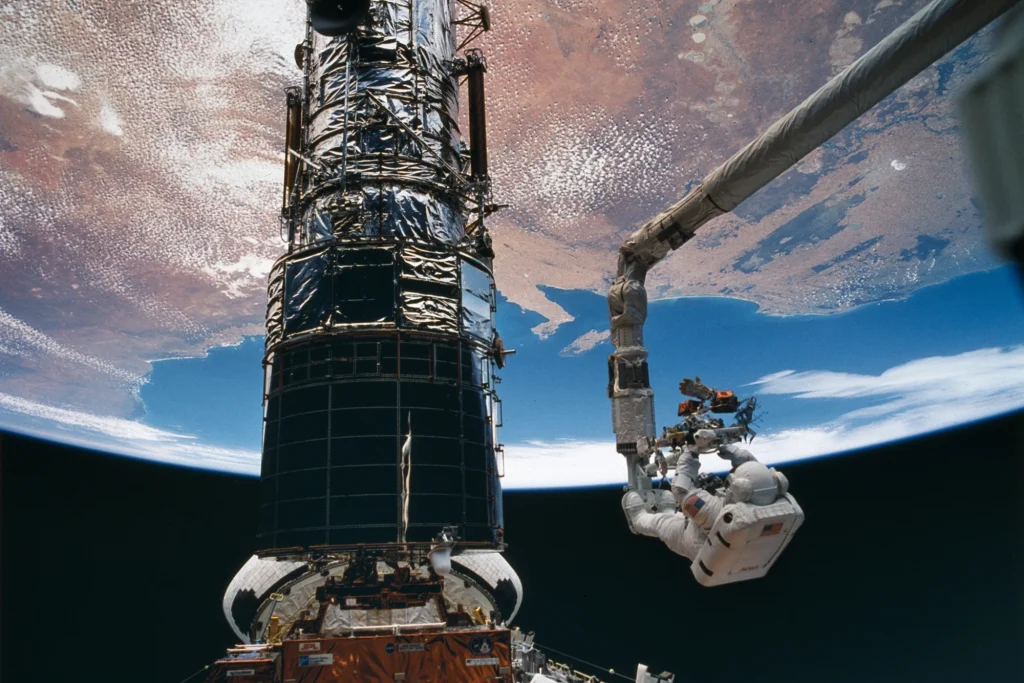
The Hubble Space Telescope, launched in 1990, was one of NASA’s most significant and ambitious projects. However, shortly after its deployment, it became clear that the telescope had a serious problem – its main mirror had been ground to the wrong shape due to a miscalculation by the manufacturer, Perkin-Elmer (now Hughes Danbury Optical Systems). This optical system failure was a major setback for NASA and the scientific community.
The error was known as a spherical aberration, which essentially meant that the mirror could not focus light into a single point as it was supposed to. Instead, images taken by the Hubble were blurry and out of focus, severely limiting its ability to observe distant stars and galaxies. This flaw was a significant blow to NASA, as the Hubble project had already cost nearly $1.5 billion and taken over a decade to develop.
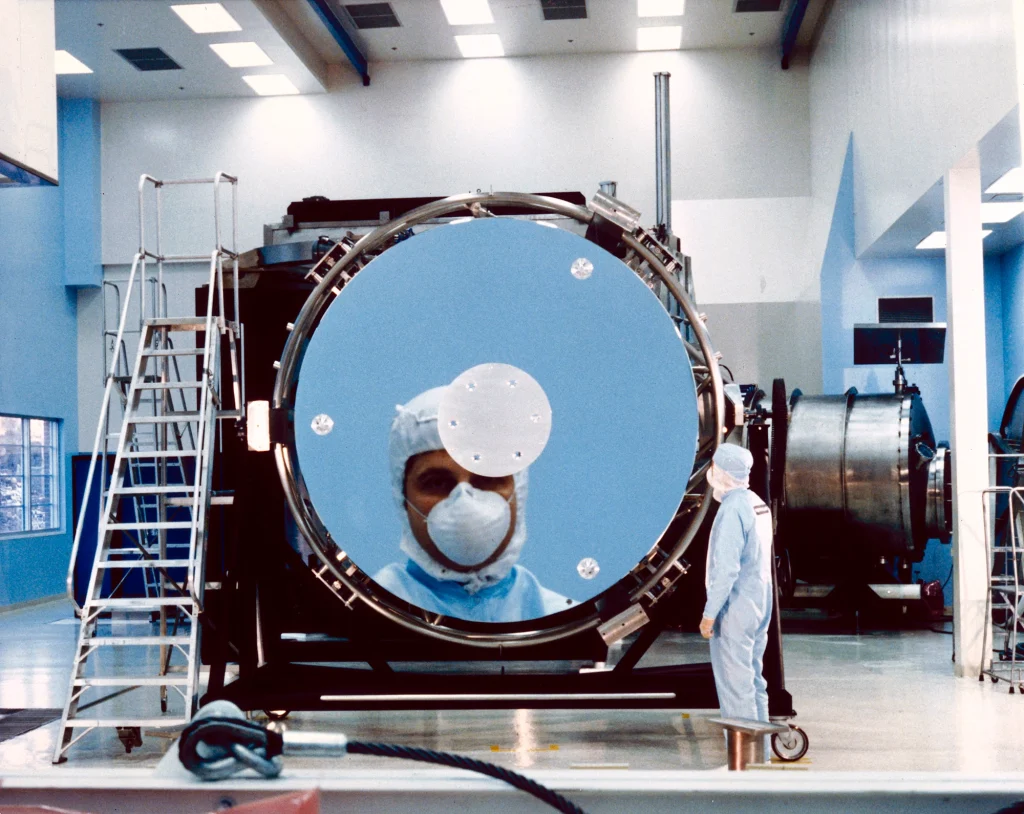
However, NASA engineers and scientists quickly set to work on a solution. In December 1993, the first servicing mission to the Hubble Space Telescope was launched. The crew of the Space Shuttle Endeavour installed a series of small mirrors, known as the Corrective Optics Space Telescope Axial Replacement (COSTAR), designed to correct the spherical aberration. The total cost of the repair mission was $50 million. With COSTAR in place, the telescope was able to capture sharp and detailed images, marking a remarkable recovery.
The Hubble Space Telescope has since become one of the most productive observatories in history, providing invaluable data and stunning images of our universe. Its story is a testament to the ingenuity and resilience of the scientists and engineers at NASA.
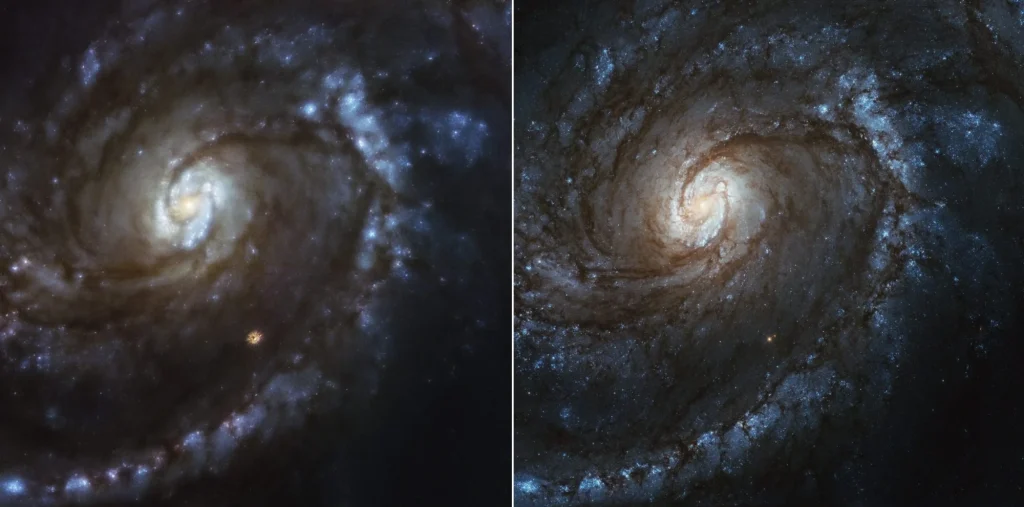
The Columbia Disaster
This horrendous NASA accident ranks with the Challenger disaster, and is certainly one of the darkest moments in NASA’s history. The Space Shuttle Columbia disaster occurred on 1 February 2003. During the reentry phase of its mission, Columbia disintegrated over Texas and Louisiana, resulting in the tragic loss of all seven astronauts on board. The disaster was a result of damage to the shuttle’s thermal protection system, which occurred during its launch when a piece of foam insulation broke off from the external fuel tank and struck the left wing of the orbiter.

The damage to the thermal protection system allowed superheated gases to enter the shuttle during reentry, leading to the disintegration of the spacecraft. The seven astronauts who lost their lives in the tragedy were:
- Rick D. Husband – Commander
- William C. McCool – Pilot
- Michael P. Anderson – Payload Commander
- Ilan Ramon – Payload Specialist (the first Israeli astronaut)
- Kalpana Chawla – Mission Specialist
- David M. Brown – Mission Specialist
- Laurel B. Clark – Mission Specialist
The disaster resulted in a 29-month suspension of the Space Shuttle program and a reevaluation of NASA’s procedures. It also led to the decision to retire the Space Shuttle fleet in 2011 after the completion of the International Space Station.
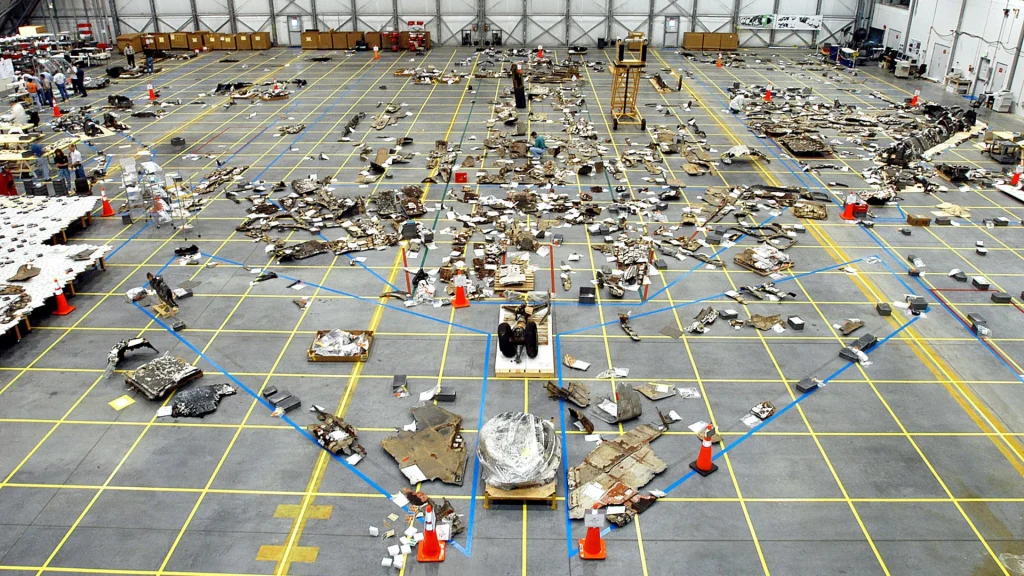
The Columbia disaster was a significant event in space exploration history. It led to a comprehensive review of NASA’s safety procedures and the Space Shuttle program. It highlighted the importance of safety measures and led to improvements in shuttle design and the implementation of more rigorous safety protocols for future missions.
Final Thoughts
So, how many fails did NASA have? A lot, but unearthing NASA accidents is a tribute to the indomitable spirit of scientific advancement. Today, we delved into the depth of space history, showcasing the vital role of funding and embracing the art of learning from mistakes. As we explore NASA’s journey through adversity, it serves as a powerful reminder that no progress in science and technology comes without its share of challenges. To Europe, take heed! As Britain aims for celestial dominance, it must brace for the highs and lows, for it’s through these trials that progress truly soars.




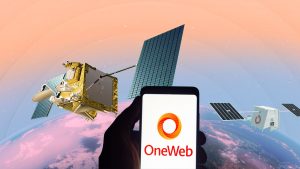

Thank you for your comment! It will be visible on the site after moderation.